Anchorage, the largest city in Alaska, is not just a gateway to the magnificent wilderness but also a captivating destination where stunning nature, unique indigenous culture, and modern urban life harmoniously blend. If you’re dreaming of exploring Alaska, don’t miss the chance to experience Anchorage – the perfect starting point for your journey to conquer America’s last frontier. This article from Du lịch khắp thế gian (Travel the World) offers the most detailed guide to exploring Anchorage, ensuring you have a fulfilling and memorable trip.
Overview of Anchorage – Gateway to Alaska
Located in Southcentral Alaska, Anchorage is like a vibrant painting sculpted by the majestic Chugach Mountains, the blue expanse of Cook Inlet, and vast national forests. With its unique geographical position, Anchorage is not only Alaska’s crucial economic and transportation hub but also a diverse cultural center, where modernity and traditional heritage intersect.
Anchorage was founded in 1914 as a railroad hub and rapidly developed due to its strategic location and abundant natural resources. Today, Anchorage is a bustling metropolis with over 300,000 residents, yet it retains its pristine beauty and closeness to nature. The climate in Anchorage is quite pleasant in the summer, with average temperatures ranging from 13-21°C (55-70°F) and endless daylight hours, perfect for outdoor adventures. Winter in Anchorage is long and cold, but it offers opportunities to witness the magical Northern Lights and enjoy exciting winter sports.
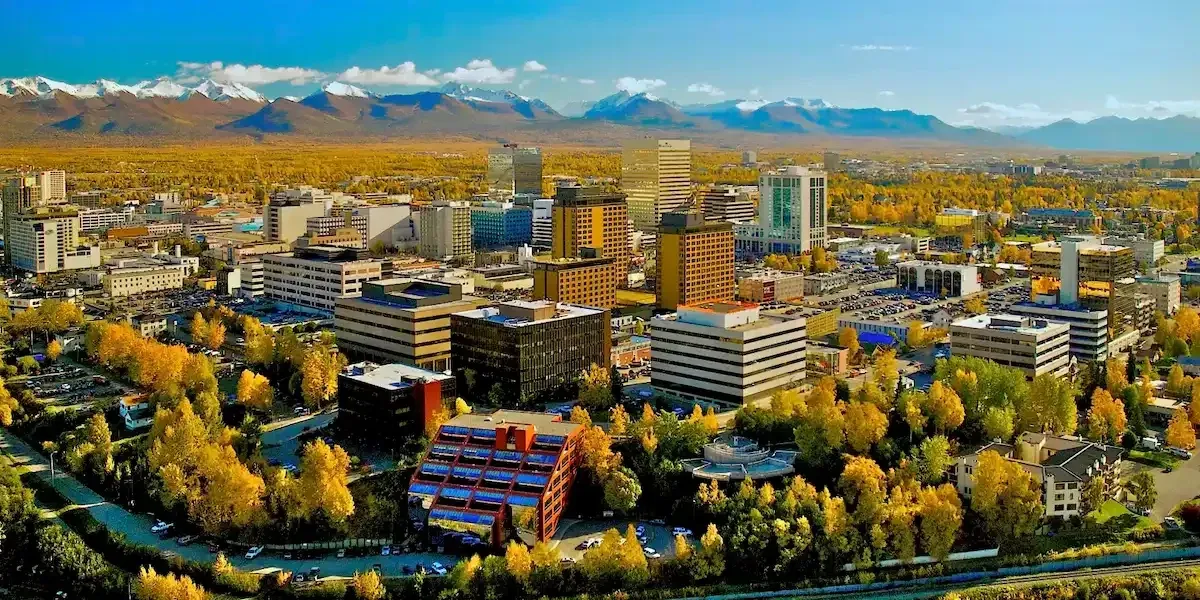
Anchorage is not only an ideal base for exploring famous national parks like Denali, Kenai Fjords, or Wrangell-St. Elias, but also a hidden gem with countless attractions within the city itself. From unique museums and lively local markets to stunning hiking trails, Anchorage promises visitors diverse and enriching experiences.
Discovering Must-See Attractions in Anchorage
Anchorage boasts numerous attractions to satisfy every traveler’s interests. Below are some suggestions in this guide to exploring Anchorage highlighting the must-visit destinations you shouldn’t miss:
Downtown Anchorage – Where Urban Vibe Meets Nature
Downtown Anchorage is the city’s heart, home to many shops, restaurants, hotels, and cultural and historical attractions. Strolling through downtown streets, you’ll feel the city’s vibrant pulse while being amazed by the surrounding majestic natural scenery.
- Delaney Park Strip: Located right in downtown, Delaney Park Strip is a green oasis where you can relax, stroll, or have a picnic. In summer, the park bursts into color with flowerbeds and lively outdoor activities.
- Anchorage Log Cabin Visitor Information Center: An ideal starting point to learn about the city, tours, and local events. Here, you can collect maps, brochures, and receive enthusiastic advice from staff.
- Anchorage Museum at Rasmuson Center: One of the largest museums in Alaska, showcasing diverse collections of art, history, science, and Alaskan Native culture. The museum is a fascinating journey of discovery, helping you understand more about the land and its people.
Anchorage Suburbs – A Haven for Nature and Outdoor Activities
Just a short distance from downtown, you’ll instantly find yourself in a world of pristine nature, with mountains, glaciers, lakes, and vast forests. Anchorage suburbs are perfect for those who love outdoor activities and want to enjoy Alaska’s natural beauty.
- Chugach State Park: One of the largest state parks in the United States, Chugach spans a vast area with towering mountains, magnificent glaciers, and rich flora and fauna. The park is a fantastic destination for hiking, trekking, camping, fishing, and kayaking.
- Portage Glacier: Located about an hour’s drive from downtown Anchorage, Portage Glacier is one of the most accessible glaciers in Alaska. You can take a boat tour on Portage Lake to view the glacier up close or visit the Begich, Boggs Visitor Center to learn about glacier ecosystems.
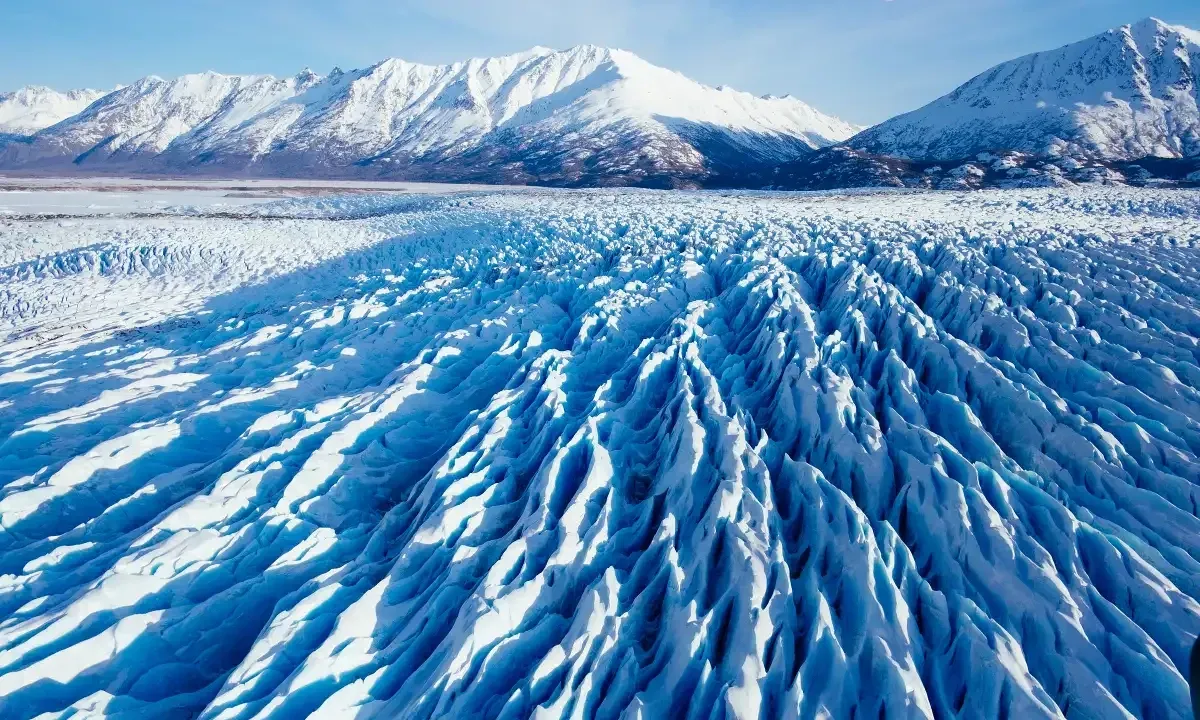
- Alaska Botanical Garden: A beautiful garden with a diverse plant collection from around the world, especially native Alaskan species. The Botanical Garden is ideal for strolling, relaxing, and learning about the rich plant life of this region.
- Alaska Wildlife Conservation Center: A place where you can observe Alaskan wildlife such as bears, caribou, moose, foxes, and eagles in their natural habitats. The center offers an educational and enjoyable experience for the whole family.
Experiencing Unique Indigenous Culture
Anchorage is home to many Alaskan Native communities with rich and unique traditional cultures. To delve deeper into indigenous culture, you can visit:
- Alaska Native Heritage Center: A living museum that recreates the life and culture of Alaskan Native peoples. Here, you can admire traditional artworks, watch cultural performances, and learn about the history and customs of Native people.
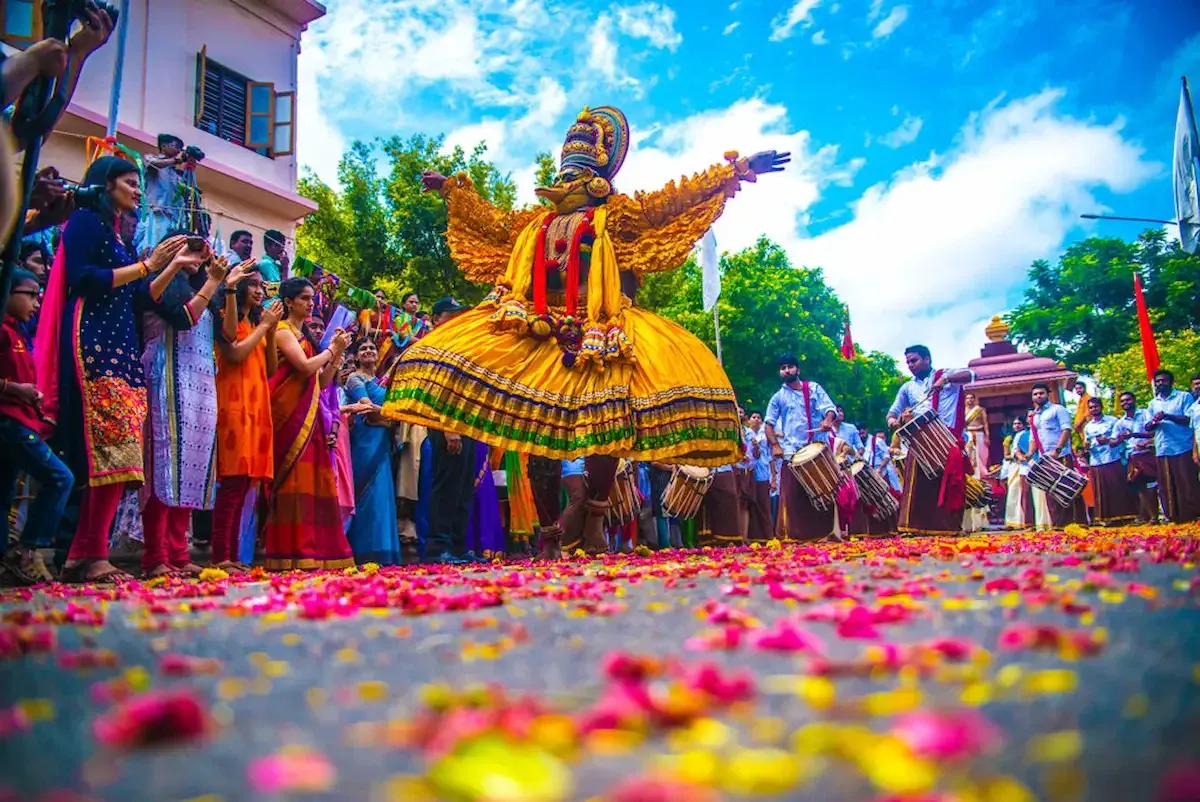
- Anchorage Market and Festival: In the summer, the Anchorage Market and Festival is where you can find handcrafted goods, local produce, and traditional Native foods. The market is a vibrant and colorful space where you can interact with locals and shop for unique souvenirs.
- Festivals and Cultural Events: Anchorage hosts numerous festivals and cultural events year-round, especially festivals celebrating indigenous culture, such as the World Eskimo-Indian Olympics and the Huckleberry Festival. Attending these events is a great opportunity to experience indigenous culture authentically and vividly.
Anchorage Cuisine – A Fusion of Sea and Mountain Flavors
Anchorage cuisine is a unique blend of fresh seafood, premium wild game, and traditional Native dishes. When visiting Anchorage, you must try these specialties:
Alaskan Seafood – Essence of the Ocean
- Alaskan Salmon: A must-try dish when in Anchorage. Alaskan salmon is famous for its firm, sweet, and nutritious meat. You can enjoy grilled, smoked, sashimi salmon or have it prepared in many other delicious ways.

- Alaskan King Crab: A luxurious and world-renowned seafood. Alaskan King Crab is enormous in size, with firm, sweet, and flavorful meat. You can enjoy steamed or grilled crab or have it made into delicious soups and salads.
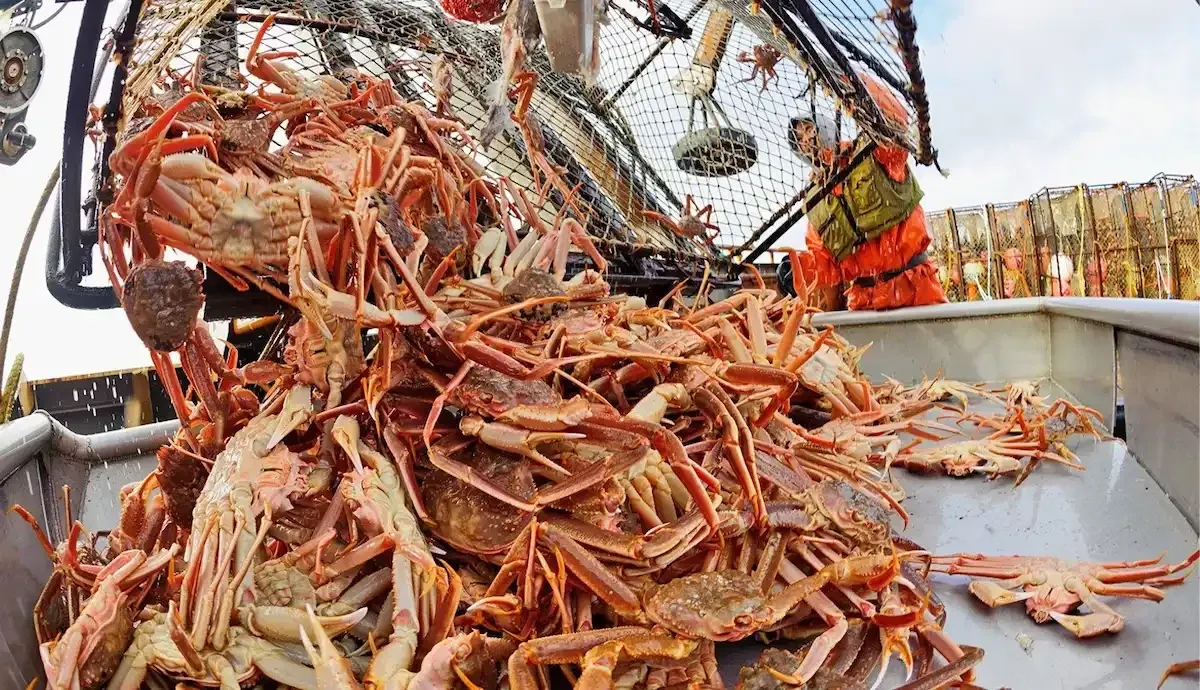
- Alaskan Oysters: Alaskan oysters have a clean, sweet taste and are larger in size compared to oysters from other regions. You can enjoy them raw, grilled with scallion oil, or prepared into flavorful soups and hotpots.

Wild Game Specialties – Alaska’s Wilderness Flavors
- Reindeer Burger: A popular and beloved dish in Anchorage. Reindeer meat has a distinctive, flavorful, and leaner taste than beef. Reindeer burgers are a great choice for a quick lunch or dinner.

- Roasted Moose: A dish that clearly reflects Alaska’s wild cuisine. Moose meat has a rich flavor, often roasted or stewed and served with mashed potatoes, vegetables, and mushroom sauce.
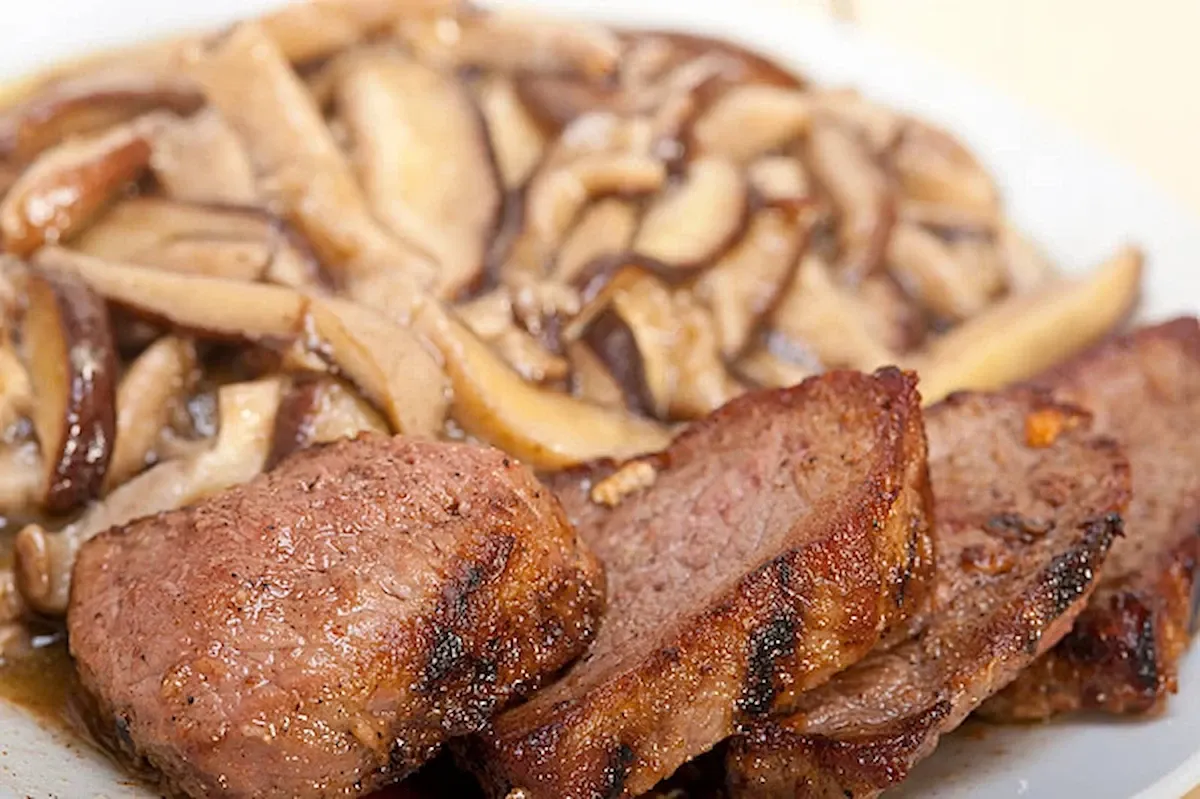
- BBQ Bear Ribs: A unique and challenging dish for adventurous foodies. Bear meat is braised until tender, marinated in rich spices, and BBQ grilled, offering an unforgettable flavor.
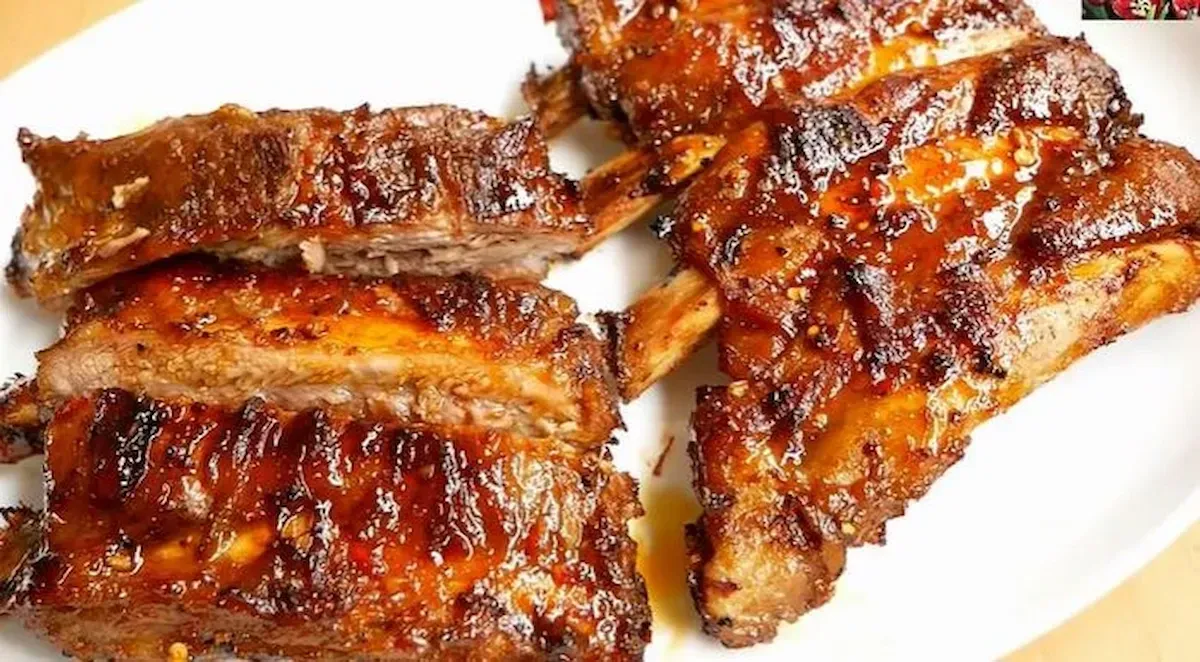
Traditional Native Dishes – Alaskan Cultural Identity
- Eskimo Ice Cream (Akutaq): A unique dessert made from animal fat (usually reindeer or seal fat), berries, and sometimes fish. Akutaq has a rich, sweet, and slightly unusual taste, a fascinating culinary experience.
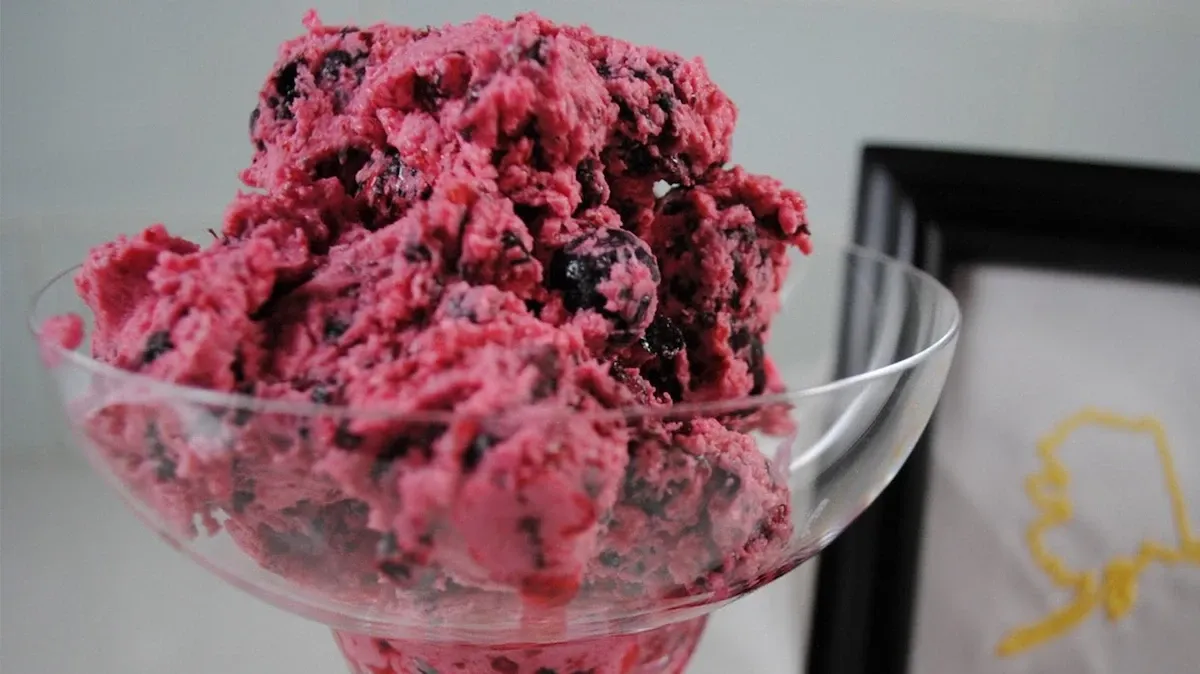
- Muktuk: A traditional dish made from whale skin and blubber. Muktuk is often eaten raw or pickled, a vital source of Vitamin C for Native people during the long winter.
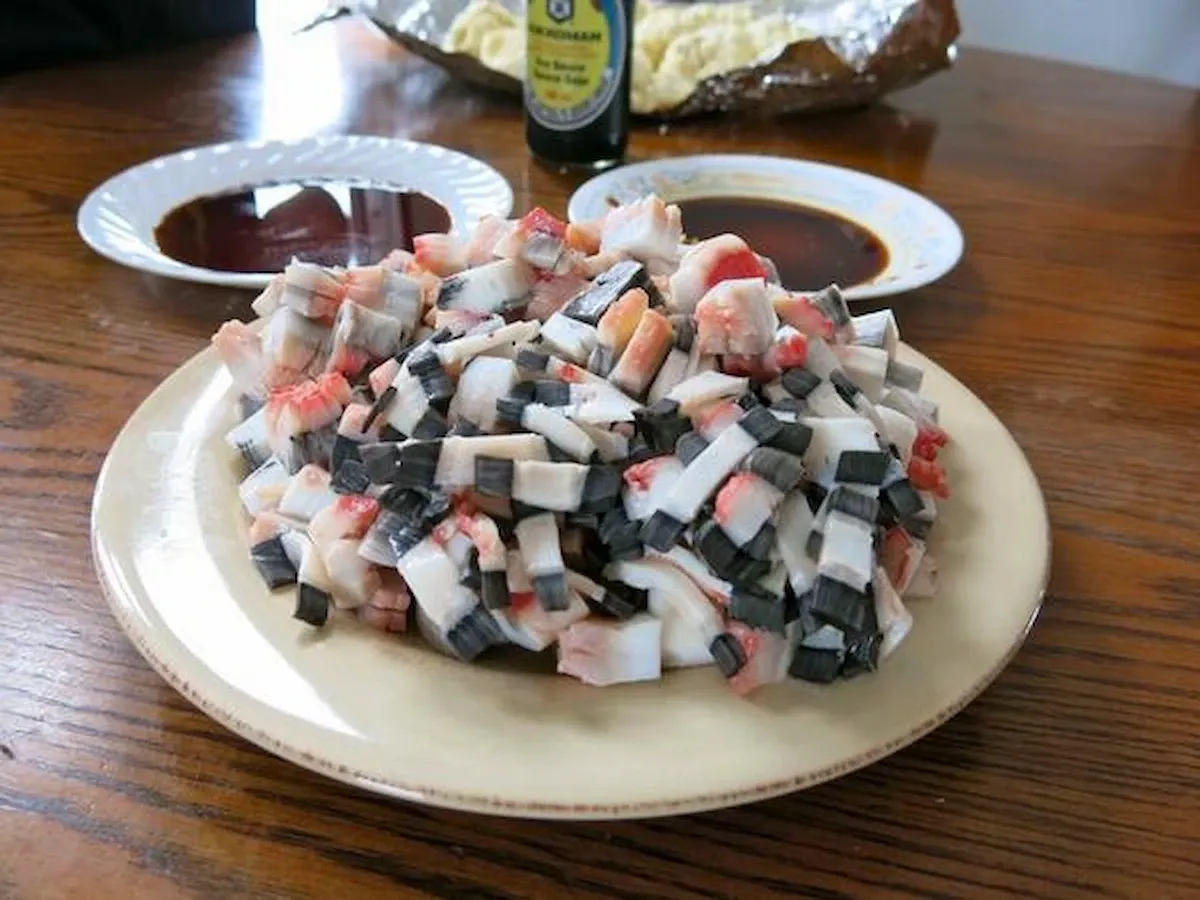
- Fry Bread: A flat, deep-fried bread originating from Native Americans in North America. Fry bread is often served with honey, berry jam, or savory dishes like stewed meat and beans.
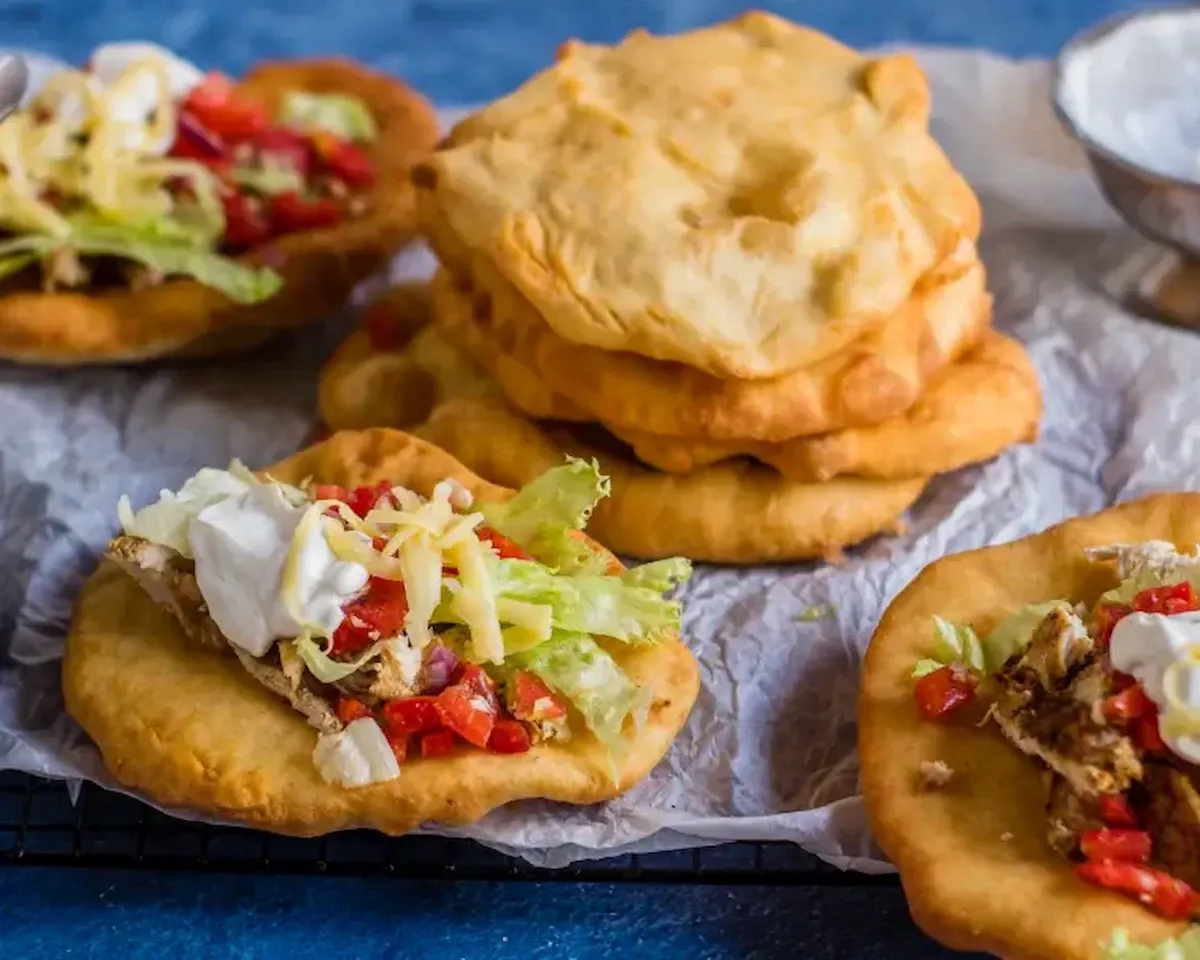
Useful Anchorage Travel Tips
To make your exploration of Anchorage even more complete, keep in mind these travel tips:
- Best Time to Visit: Summer (June-August) is the best time to visit Anchorage, with warm weather, long days, and plenty of outdoor activities. Winter (December-February) is ideal for seeing the Northern Lights and experiencing winter sports.
- Transportation: Anchorage has Ted Stevens Anchorage International Airport (ANC), Alaska’s main air gateway. Within the city, you can get around by bus, taxi, bike, or rental car.
- Accommodation: Anchorage offers diverse accommodation options, from luxury hotels to budget-friendly guesthouses and serviced apartments. You should book in advance, especially during peak tourist season.
- Currency: The currency in Alaska is the US Dollar (USD). You should exchange currency before arriving in Anchorage or use credit/debit cards at shops, restaurants, and hotels.
- Language: The official language in Alaska is English. However, you may also encounter Native people speaking indigenous languages.
- Clothing: Prepare clothing suitable for the weather and activities you plan to participate in. If visiting in summer, bring a light jacket, long pants, comfortable walking shoes, and sunscreen. If visiting in winter, you’ll need warm coats, thermal clothing, hats, gloves, scarves, and non-slip shoes.
Conclusion
Anchorage is a unique and captivating city where you can experience a wonderful blend of pristine nature, distinctive indigenous culture, and modern urban life. With this detailed guide to exploring Anchorage, Du lịch khắp thế gian (Travel the World) hopes you will have a memorable and fulfilling trip to Alaska’s hidden gem. Plan your trip today and discover the amazing things Anchorage has to offer!